Forget the Boring Pamphlet: A Real-Talk Guide to Lowering Cholesterol With Food
So, you just got your blood test results back. If you’re anything like the hundreds of people I’ve worked with over my career, you might be feeling a little overwhelmed. The doctor says your cholesterol is high, hands you a generic pamphlet with a picture of a salad on it, and tells you to “change your diet.”
In this article
- First, What Even Is Cholesterol?
- The Unsung Hero: Soluble Fiber
- Choosing Your Fats: The Oil Change Your Body Needs
- Smart Swaps: Upgrading Your Plate
- A Day in the Life: Putting It All Together
- Heads Up! ‘Healthy’ Foods That Can Trip You Up
- How to Read a Nutrition Label Like a Pro
- A Budget-Friendly Starter Kit (Under $50)
- The Most Important Part: A Quick Disclaimer
- Inspirational Gallery
But what does that actually mean for your real life? For your morning coffee, your weekly grocery budget, and the dinners you actually have time to cook? That’s where this conversation begins.
This isn’t about a list of forbidden foods or a miserable, bland diet. Honestly, that approach never works long-term. This is about understanding how your body works and making smart, sustainable changes that you can actually stick with. I’ve seen people drop their LDL (the “bad” cholesterol) by 15-20% with these strategies alone, sometimes enough to keep them off medication, all in partnership with their medical team.
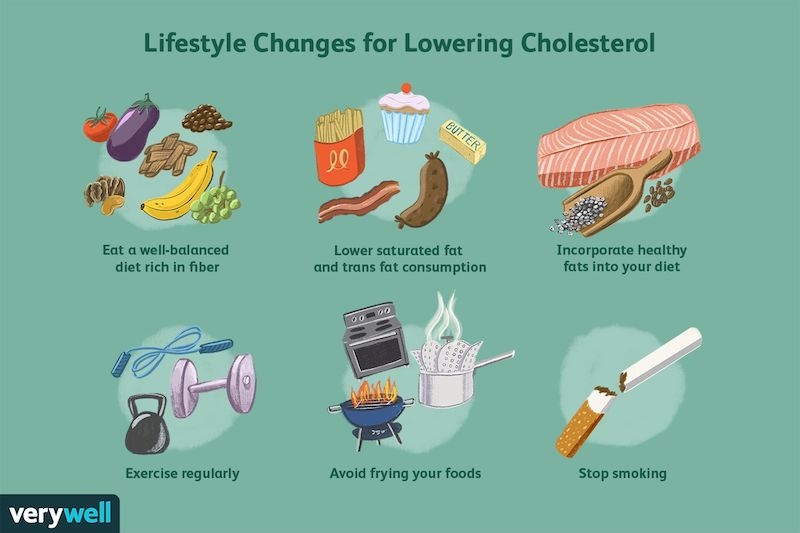
Let’s skip the confusing jargon and talk about what really works.
Your Quick Win for Today
Before we dive in, here’s one thing you can do right now. Swap the butter or cream cheese on your toast for a quarter of a mashed avocado with a sprinkle of salt and pepper. That’s it. You just replaced a saturated fat with a healthy monounsaturated fat and added a dose of fiber. See? That’s a win.
First, What Even Is Cholesterol?
Before we can tackle it, we need to understand what we’re dealing with. Cholesterol isn’t the villain it’s made out to be. It’s a waxy substance your liver makes, and it’s crucial for building healthy cells and hormones. The trouble starts with how it gets around your body.
Imagine your bloodstream is a busy highway. Cholesterol needs a ride, and it uses vehicles called lipoproteins. This is where “good” and “bad” come into play.
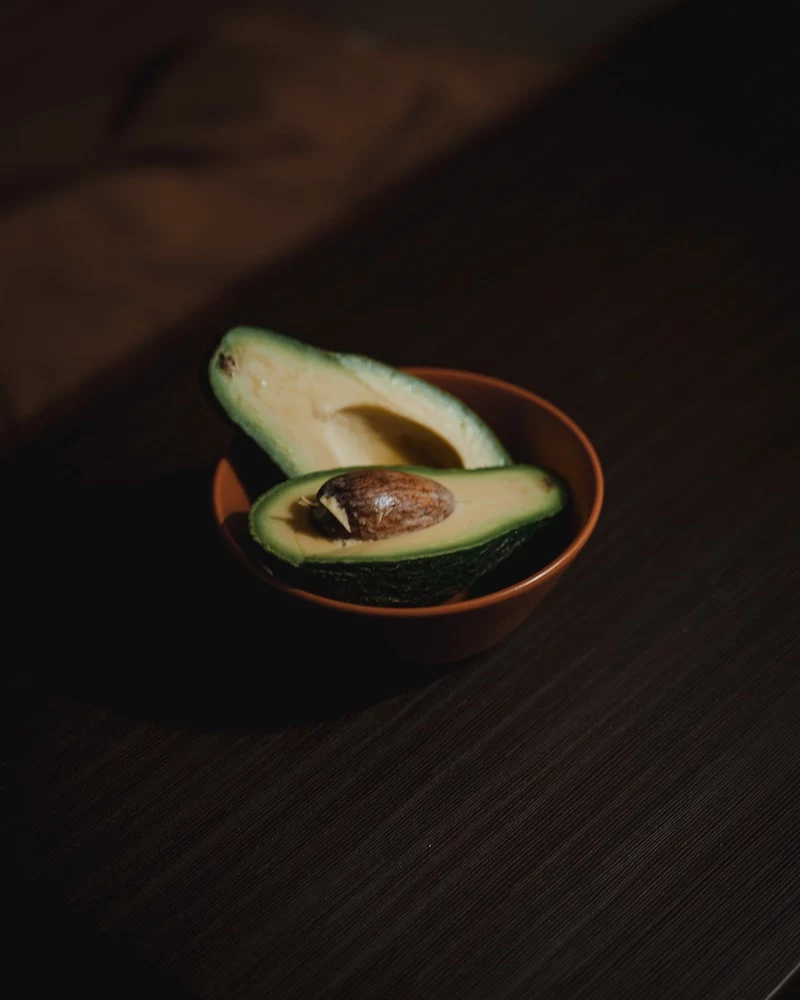
- Low-Density Lipoprotein (LDL): Think of this as the old, unreliable delivery truck. Its job is to drop off cholesterol to your cells. But when you have too many of these trucks on the road, they tend to break down, spilling their contents. This spilled cholesterol sticks to your artery walls, creating hard stuff called plaque. Over time, that plaque narrows the highway, which is the root cause of most heart attacks and strokes.
- High-Density Lipoprotein (HDL): This is your highway’s cleanup crew. These are sturdy, efficient vehicles that cruise through, pick up that excess spilled cholesterol, and haul it back to your liver to be disposed of. More HDL is a good thing—it’s actively cleaning up the mess.
Our goal is simple: get some of those junky LDL trucks off the road and call in more of the HDL cleanup crew. And the food you eat is the most powerful tool you have to do it.
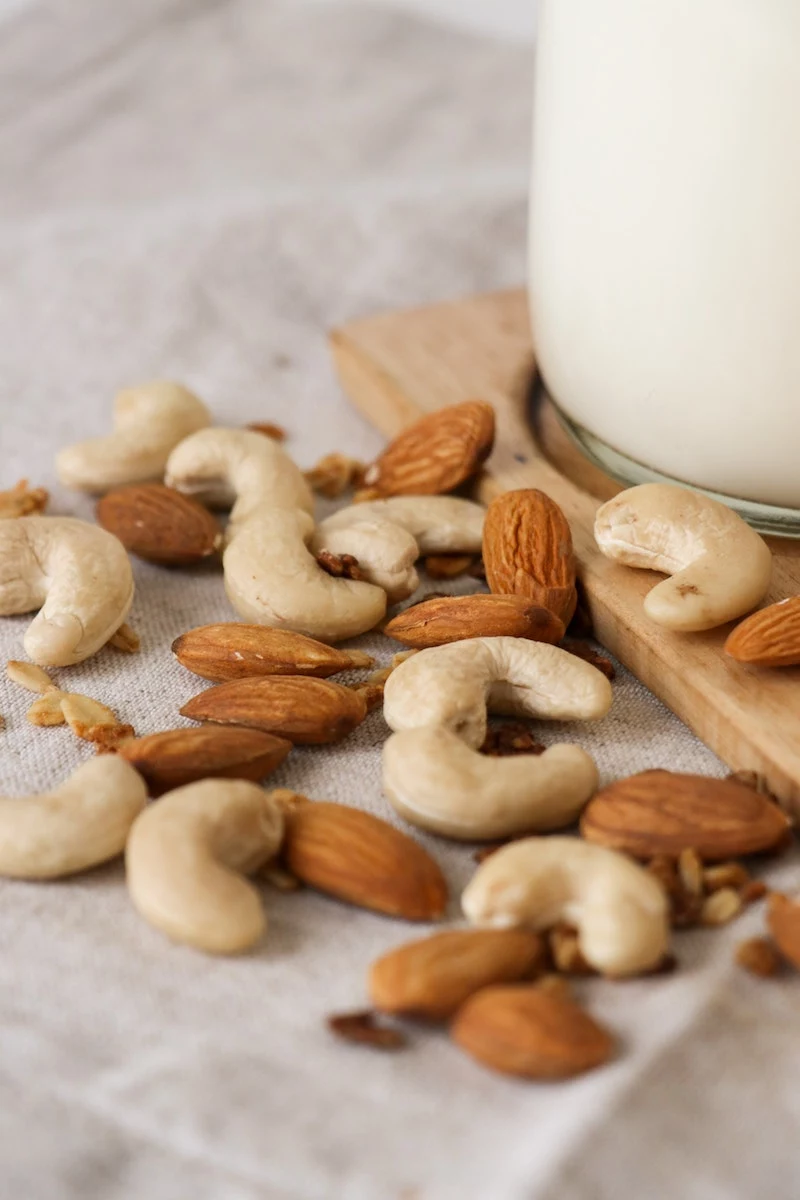
The Unsung Hero: Soluble Fiber
If there’s one workhorse in this whole process, it’s soluble fiber. It’s not glamorous, but its effect is undeniable. Unlike the other kind of fiber (insoluble) that just adds bulk, soluble fiber dissolves in water and forms a thick gel in your stomach.
This gel is like a magnet. It latches onto cholesterol-rich bile in your gut and carries it right out of your body. Your liver, realizing it’s short on bile, has to make more. And guess what it uses as a building block? The LDL cholesterol floating in your bloodstream. So, every time you eat soluble fiber, you’re basically forcing your liver to clean your arteries. It’s pretty amazing.
Health experts recommend getting 25 to 30 grams of total fiber a day, with about a quarter of that being the soluble kind.
Your Soluble Fiber All-Stars:
- Oats and Barley: This is the classic for a reason. A bowl of oatmeal made from a half-cup of dry rolled oats gives you about 2 grams of soluble fiber. Pro tip: Skip the sugary instant packets. Buy a big container of rolled oats for about $4–$5; it’ll last for weeks. Barley is another fantastic grain to use in soups or as a stand-in for rice.
- Legumes (Beans, Lentils, Chickpeas): These are your budget-friendly superstars. A half-cup of black beans has nearly 2.5 grams of soluble fiber. Swapping ground meat for lentils (a bag costs maybe $3) in your chili is one of the easiest, most effective changes you can make.
- Key Fruits and Veggies: Focus on produce rich in a type of soluble fiber called pectin. We’re talking apples, pears, oranges, and grapefruit. For veggies, Brussels sprouts are a powerhouse—just one cup cooked has around 4 grams of soluble fiber! Broccoli and carrots are great choices, too.
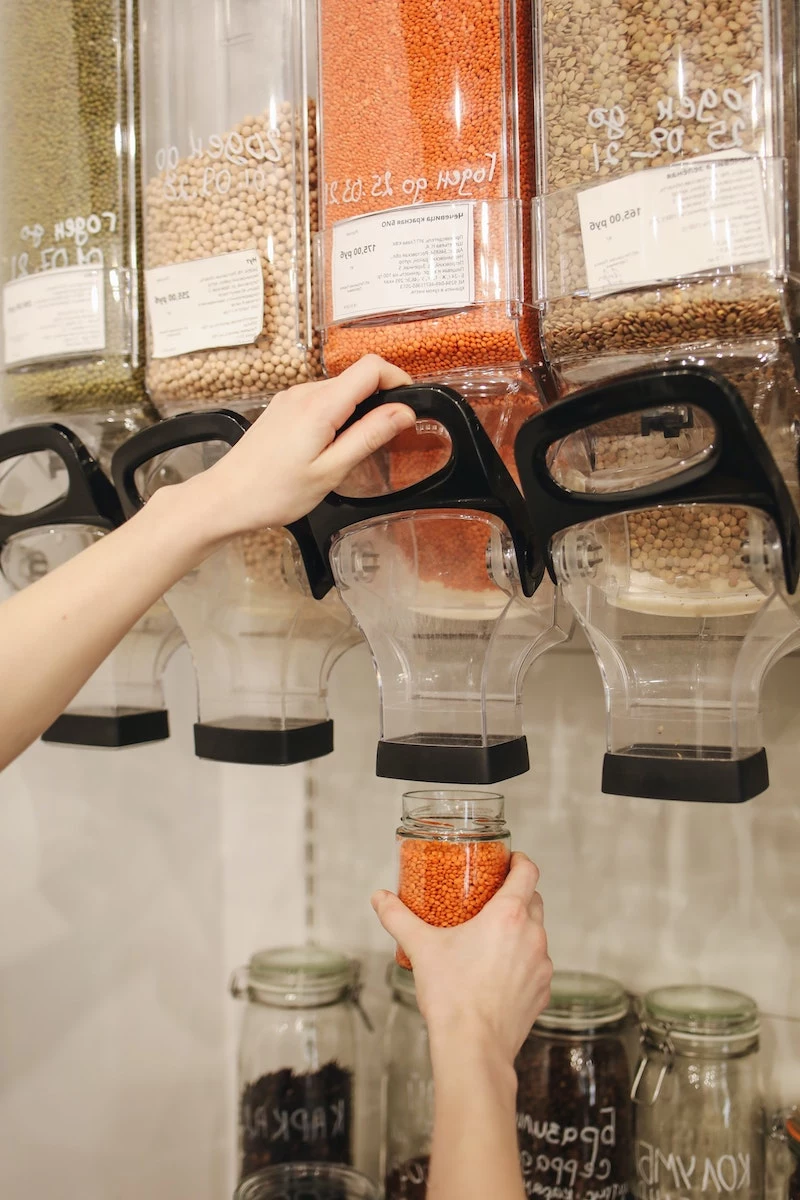
Choosing Your Fats: The Oil Change Your Body Needs
For a long time, all fat was demonized. We now know that the type of fat is what truly matters. The goal is to swap out the harmful fats for helpful ones. It’s like changing the sludge in your car’s engine for clean, high-performance oil.
Fats to Reduce (The Sludge)
Saturated and trans fats are the main culprits here. They basically send a signal to your liver to ramp up LDL production.
Think of saturated fat as a “sometimes” food. It’s found mostly in red meat, butter, cheese, and full-fat dairy. You don’t have to banish it forever, but it shouldn’t be a daily staple.
Trans fats are the absolute worst, as they raise bad cholesterol while lowering the good kind. They’re often listed as “partially hydrogenated oils” on ingredient labels. If you see that phrase, just put the item back on the shelf. It’s often found in fried foods, commercial baked goods, and some older types of margarine.

Fats to Embrace (The Good Stuff)
Monounsaturated fats are your new best friend. These are found in avocados, nuts like almonds and pecans, and especially olive oil. They actively help lower LDL. A good extra virgin olive oil for dressings (around $8-$15 a bottle) should have a peppery, slightly bitter taste—that’s the flavor of the healthy polyphenols at work.
Polyunsaturated fats (Omega-3s and Omega-6s) are also fantastic. Omega-3s, found in fatty fish, flaxseeds, and walnuts, are particularly potent for heart health.
A quick personal story: I once worked with a client who went all-in on healthy fats. He ate handfuls of almonds and drizzled olive oil on everything. The problem? He actually gained weight, and his triglycerides (another type of fat in the blood) went up. It was a great reminder that even healthy fats have calories. Balance is everything.
Smart Swaps: Upgrading Your Plate
Giving your diet an upgrade doesn’t have to be complicated. It’s about making smarter choices, not depriving yourself.
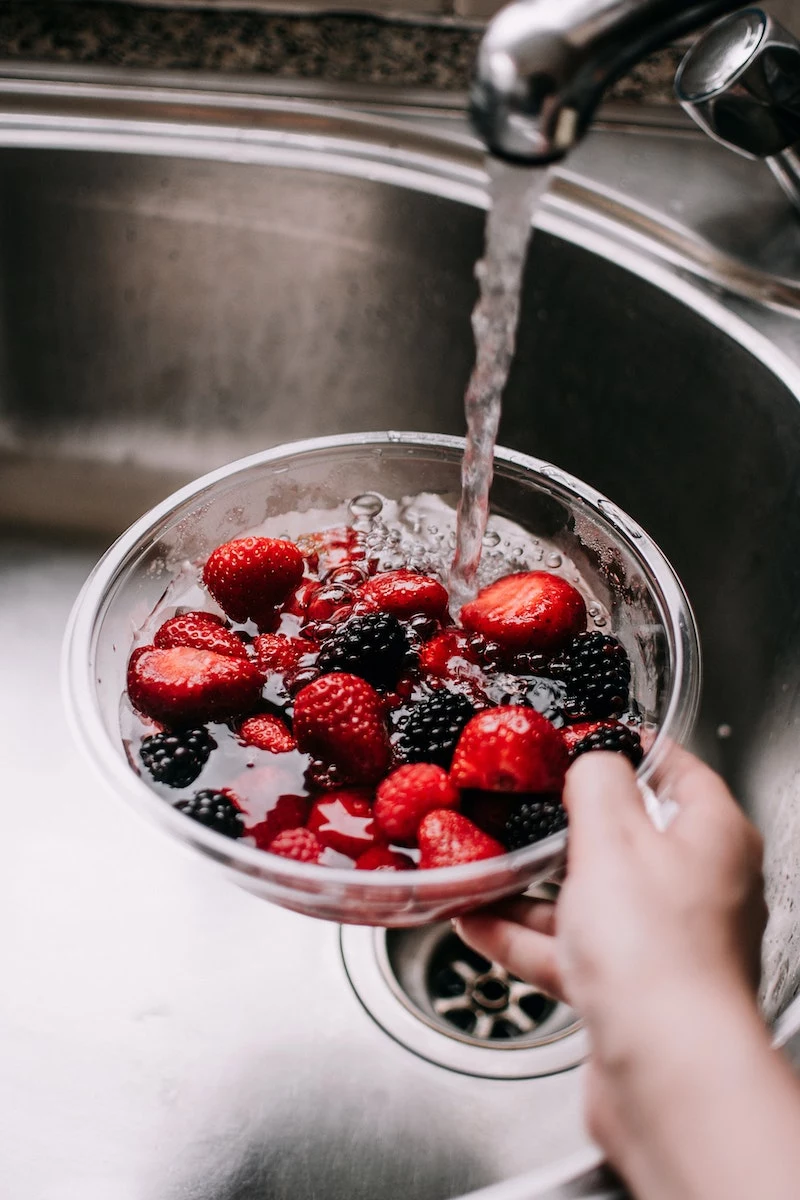
Instead of This…
- A beef burger on a white bun
- Butter on your toast
- A bag of potato chips for a snack
- Chicken fingers and fries
…Try This!
- A salmon filet with a side of barley or quinoa
- Mashed avocado on whole-grain toast
- A small handful (about 1/4 cup) of unsalted almonds
- Baked tofu cubes with roasted sweet potato wedges
Let’s Talk About Tofu (and other Plant Proteins)
Swapping some animal protein for plant protein is a game-changer. Foods like tofu, tempeh, and edamame are packed with protein and fiber, with very little of that pesky saturated fat.
Oh yeah, a lot of people tell me they don’t know what to do with tofu. The secret is all in the prep. You have to press it!
Quick Tofu-Pressing Tutorial:
- Drain the water from a block of firm or extra-firm tofu.
- Wrap the block in a few paper towels or a clean kitchen towel.
- Place it on a plate and put something heavy on top—a cast iron pan, a few canned goods, or some thick books work perfectly.
- Let it press for at least 30 minutes. That’s it! Now it has a much firmer, meatier texture and will soak up marinades like a sponge.
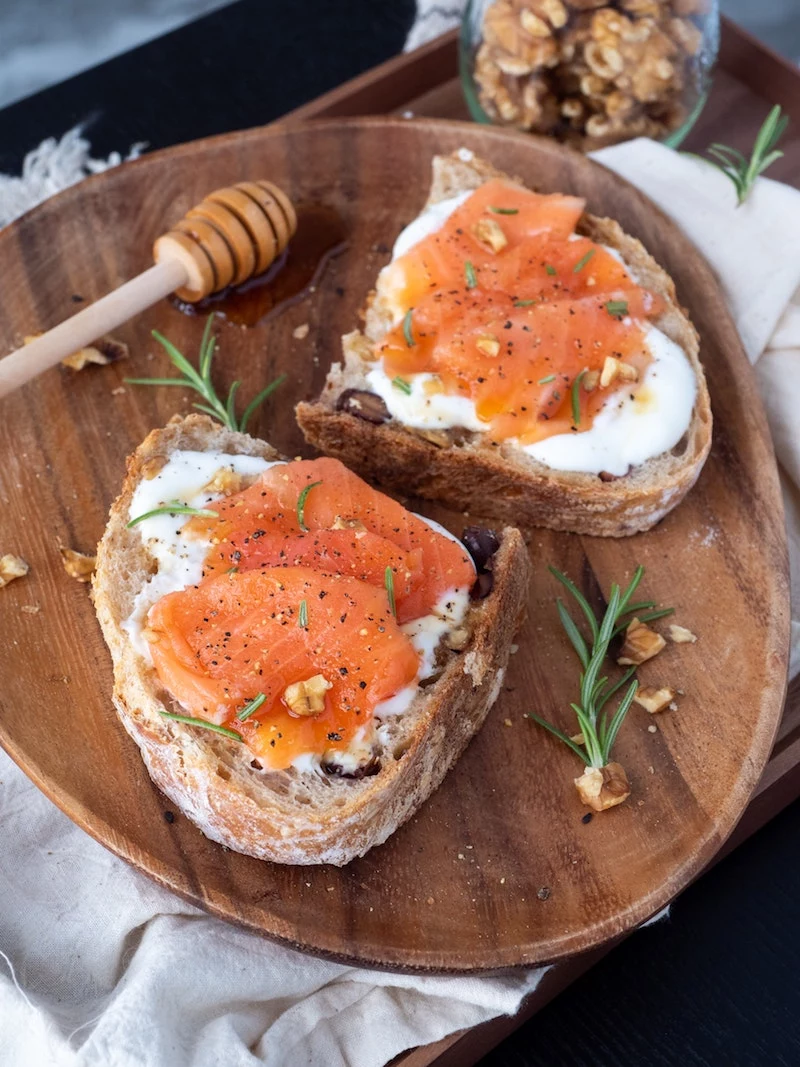
A Day in the Life: Putting It All Together
Okay, so how does this look in a normal day? It’s easier than you think. Here’s a sample plan to give you some ideas:
- Breakfast: A bowl of oatmeal (1/2 cup dry oats) cooked with water or soy milk. Top with a handful of frozen berries (just as nutritious and cheaper than fresh!) and a tablespoon of chopped walnuts.
- Lunch: A big salad with lots of leafy greens, cucumber, and tomatoes. For protein, add a half-cup of chickpeas or a can of salmon (packed in water, not oil). Use a simple olive oil and vinegar dressing.
- Dinner: A stir-fry with your pressed and cubed tofu, a ton of broccoli, and bell peppers. Use a low-sodium soy sauce and serve with a side of barley or brown rice.
- Snack: A crisp apple with a small, closed handful of raw almonds.
Heads Up! ‘Healthy’ Foods That Can Trip You Up
Be a smart shopper, because marketing can be tricky. Some foods that seem healthy can actually work against you if you’re not careful.
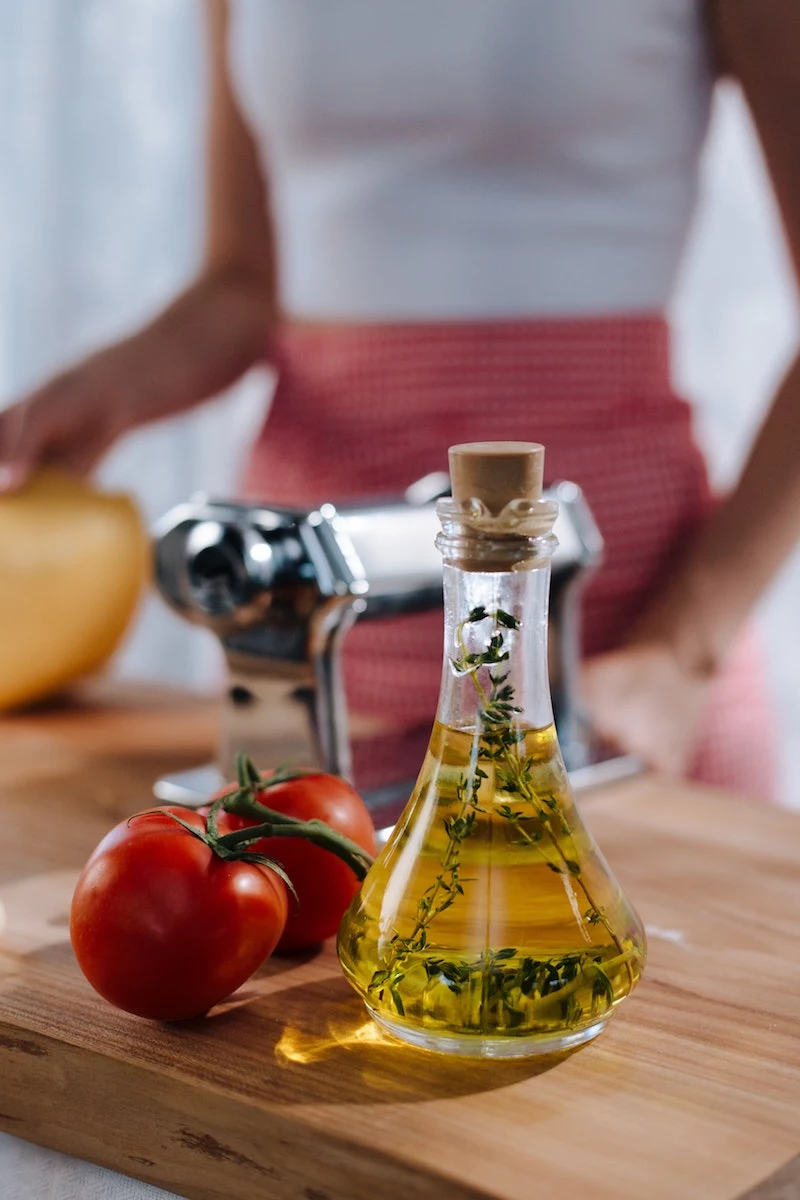
- Granola: Many store-bought granolas are loaded with sugar and unhealthy fats. They’re often more like dessert than a health food. Always check the label for added sugars and saturated fat content.
- Smoothies: A smoothie can be great, but one from a chain can be a sugar bomb, especially if it’s mostly fruit juice and sorbet. A better smoothie has a good balance of fruit, a vegetable (like spinach—you won’t even taste it!), a protein source (like Greek yogurt or soy milk), and a healthy fat (like a spoonful of almond butter).
- ‘Healthy’ Snack Bars: Same issue as granola. Flip that bar over and read the ingredients. If sugar or a syrup is one of the first few ingredients, it’s probably not your best choice.
How to Read a Nutrition Label Like a Pro
When you’re at the grocery store, the nutrition label is your best friend. Don’t worry about all the numbers; just focus on two key lines for cholesterol management:
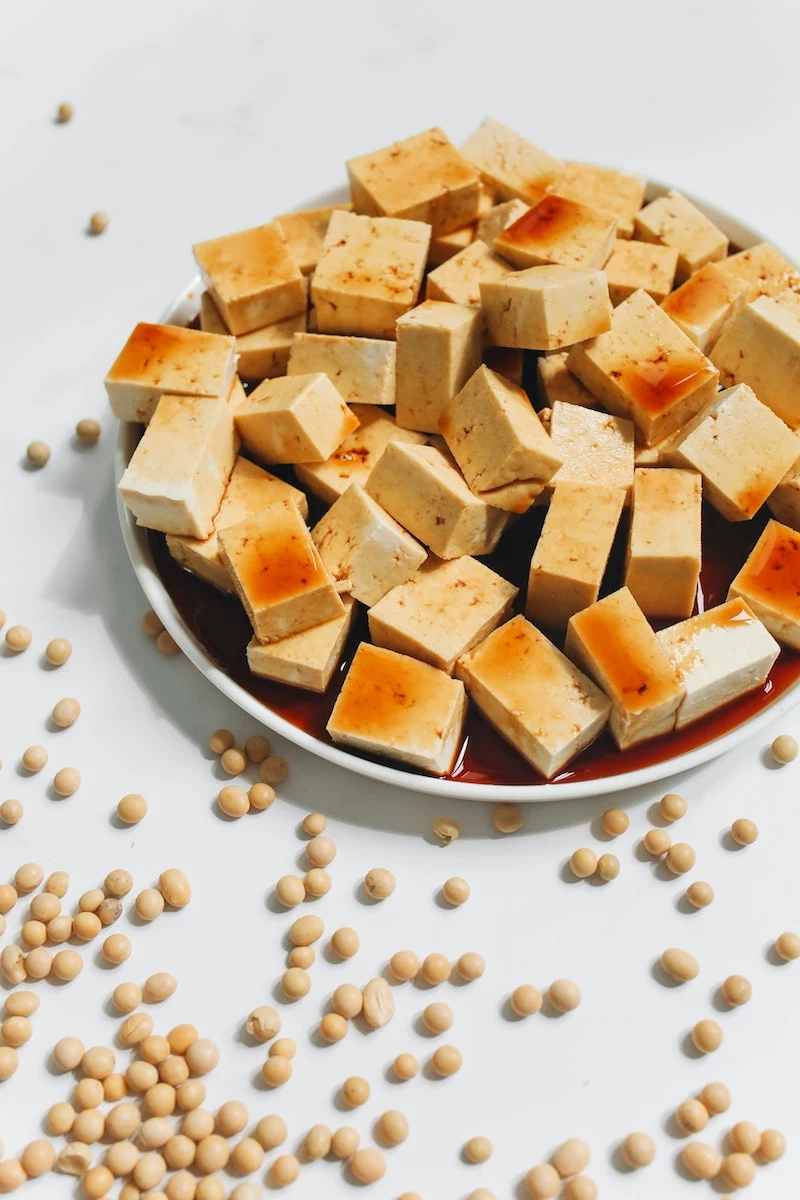
- Saturated Fat: This one is near the top. Your goal is to keep this number as low as possible. Compare two types of yogurt or crackers and pick the one with the lower number.
- Dietary Fiber: Scan down to find this line. A higher number is better! If a slice of bread has 3 or 4 grams of fiber, that’s a fantastic choice. If it has 0 or 1, you can probably find a better option.
A Budget-Friendly Starter Kit (Under $50)
Eating healthy doesn’t have to be expensive. In fact, some of the best foods for your heart are the cheapest. You can get a solid week’s worth of staples at a place like Aldi, Walmart, or your local grocery store for a great price.
- Large container of rolled oats: ~$4
- 1 bag of dried brown lentils: ~$3
- 2 cans of salmon or light tuna in water: ~$6
- 1 large bag of frozen berries: ~$5-$7
- 1 bag of apples: ~$5
- A decent-sized bottle of extra virgin olive oil: ~$8
- 1 bag of raw almonds or walnuts: ~$7
- 1 bag of carrots: ~$2
- 1 can of low-sodium black beans: ~$1
With these items, you have the foundation for dozens of heart-healthy meals and snacks.
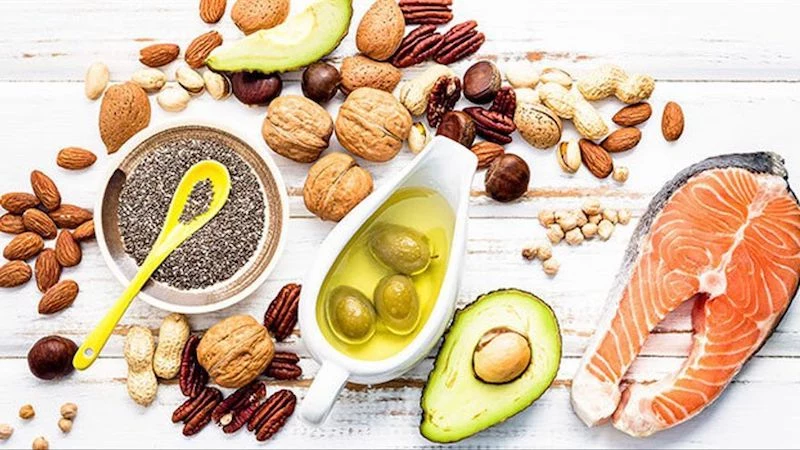
The Most Important Part: A Quick Disclaimer
Okay, let’s be very clear about this: this guide is for educational purposes only. It is not a substitute for professional medical advice. Please, before you make any big changes to your diet, talk to your doctor or a registered dietitian.
And here’s the thing: sometimes, diet isn’t enough. Genetics play a huge role in cholesterol levels. For some people, medication is an absolutely necessary and life-saving tool. If your doctor recommends it, that is NOT a failure on your part. In those cases, this diet becomes the perfect partner to your medication, helping it work better and supporting your overall health.
Your plate is your power. The choices you make every day are a direct investment in a stronger, healthier heart. It takes a little practice, but it’s a skill that will pay you back for a lifetime.
Inspirational Gallery
Just 5 to 10 grams of soluble fiber a day can lower your LDL cholesterol.
What does that look like in real food? It’s as simple as a bowl of oatmeal for breakfast, adding half a cup of black beans to your salad at lunch, or snacking on an apple. This type of fiber acts like a sponge, soaking up cholesterol in your digestive system and carrying it out of your body before it can get into circulation.
Are eggs really off-limits?
This is one of the biggest points of confusion. For decades, eggs were villainized for their dietary cholesterol. However, recent research shows that for most people, the saturated and trans fats in your diet have a much bigger impact on blood cholesterol than the cholesterol you eat from foods like eggs. The American Heart Association now states that healthy individuals can include up to a whole egg daily in a heart-healthy dietary pattern. The key is how you cook it—poached or boiled is better than fried in butter.
- Boosts your fiber and healthy fat intake.
- Helps keep you feeling full longer, reducing cravings for less healthy snacks.
- Contributes to lowering your LDL cholesterol levels.
The secret? A daily handful of nuts. Almonds and walnuts are superstar choices. Just be mindful of portions—about a quarter cup is a perfect serving size.
Think beyond the diet and adopt a mindset. The acclaimed Mediterranean diet isn’t just a list of foods; it’s a lifestyle. It emphasizes enjoying meals with others, savoring fresh flavors, and incorporating gentle daily movement. It’s about the pleasure of eating whole foods—fish drizzled with olive oil, vibrant salads, whole grains, and legumes—rather than focusing on deprivation. This holistic approach makes it a sustainable and joyful path to better heart health.
Important note when you’re at the grocery store: The real villain to look for on the nutrition label isn’t just ‘Total Fat,’ but specifically ‘Trans Fat.’ If you see the words ‘partially hydrogenated oil’ in the ingredients list, that’s a red flag for artificial trans fats. Put the item back on the shelf.
Extra Virgin Olive Oil: Rich in monounsaturated fats, which are known to lower LDL and raise HDL (‘good’) cholesterol. It’s also packed with antioxidants.
Coconut Oil: High in saturated fat, which can raise LDL cholesterol levels. While popular in some circles, it’s not the best choice for a heart-healthy diet.
For salads, sautéing, and general cooking, make extra virgin olive oil your go-to.
Eating for your heart doesn’t have to be expensive. Many of the most powerful cholesterol-lowering foods are also incredibly budget-friendly.
- Rolled Oats: A big bag of store-brand oats costs just a few dollars and provides dozens of breakfasts.
- Lentils and Beans: Canned or dried, they are packed with soluble fiber and plant-based protein for pennies per serving.
- Frozen Berries: They have all the same nutritional benefits as fresh but are more affordable and available year-round for your oatmeal or smoothies.
- Canned Salmon: A fantastic source of omega-3s, often at a fraction of the cost of fresh fillets.
Certain fortified foods now contain plant sterols or stanols, compounds that can block the body from absorbing cholesterol from the digestive tract.
This is a great example of food science working in your favor. Products like Benecol or Flora ProActiv spreads, and some fortified milks or orange juices, can provide an extra cholesterol-lowering boost alongside your core diet changes. Think of it as an added insurance policy in your shopping cart.
Tired of sad, watery vinaigrettes? Making your own heart-healthy salad dressing is easier than you think and puts you in complete control. Just whisk together 3 parts extra virgin olive oil, 1 part lemon juice or apple cider vinegar, a spoonful of Dijon mustard, a pinch of salt, and freshly ground black pepper. It’s a delicious way to ensure you’re dressing your greens with healthy fats, not hidden sugars and preservatives.










